In recent years, with the "handshake" of the tourism industry, many historical revolutionary relics in the province have become attractive destinations, attracting a large number of domestic and international tourists.
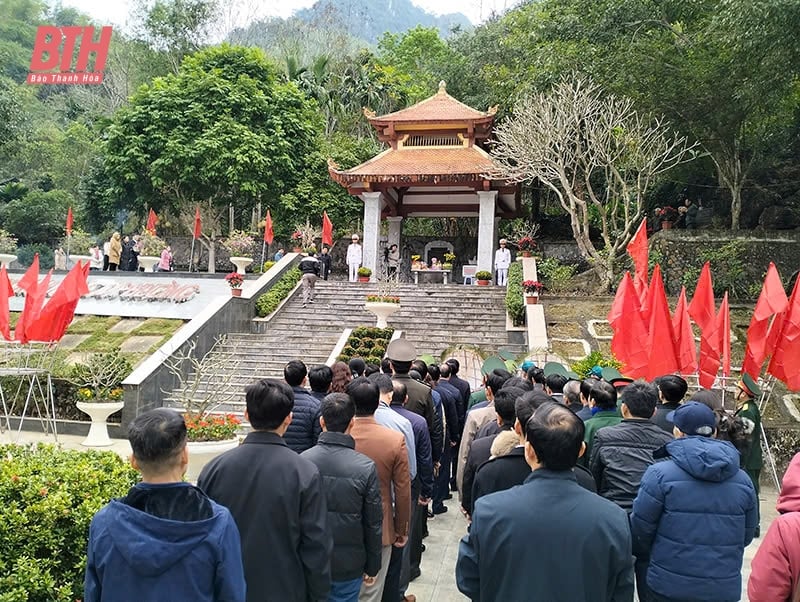
The historical site of Co Phuong cave, Sai village, Phu Le commune (Quan Hoa) has become a destination for sightseeing, tourism, and revolutionary tradition education chosen by schools and tourists both inside and outside the province. According to the remaining documents, during the resistance war against French colonialism, Co Phuong cave was both a base and a transit point for food and weapons of our army to Upper Laos, the Northwest and then served the Dien Bien Phu Campaign in 1954. In order to cut off this vital route, the French colonialists tried every way, frantically bombarding. On April 2, 1953, French planes suddenly circled and dropped bombs, destroying the Sai village area. Many young volunteers and militiamen in their youth heroically sacrificed their lives while carrying out the task of transporting food and provisions for the campaign. At Co Phuong cave alone, bombs and bullets collapsed the cave entrance, and 11 people from the frontline labor squad in Thieu Nguyen commune (Thieu Hoa) who were taking shelter inside heroically sacrificed their lives.
In 1999, the Provincial People's Committee supported the funding to build a memorial stele at Co Phuong Cave. In 2012, the Provincial People's Committee planned and restored the Co Phuong Cave Revolutionary Historical Site. By 2019, Co Phuong Cave was ranked as a national historical site.
To attract tourists, Phu Le commune and Quan Hoa district have focused on preserving and promoting the value of relics. At the same time, they have strengthened propaganda and education for all classes of people, especially the young generation, about the tradition of fighting and heroism of previous generations. Recently, Quan Hoa District Youth Union has also launched the Digital Transformation project in promoting historical and cultural relics at the Co Phuong cave historical relic. Accordingly, visitors only need a smartphone to scan the QR code installed at the relic to have full information about the relic, the heroic sacrifice of the frontline workers... This is also the "bridge" that brings historical and cultural relics closer to the community, actively contributing to the process of preserving and promoting cultural values, contributing to promoting the image of Quan Hoa homeland.
In recent years, the historical site of the Working and Command Bunker of the Standing Committee of Thanh Hoa Provincial Administrative Committee during the period of resistance against the destructive war of American imperialism (1964-1972) in village 4, Thieu Trung commune (Thieu Hoa) has also been a "red address" attracting a large number of tourists to visit. According to historical documents, the Working and Command Bunker was built to ensure the safety of the province's highest leadership apparatus to promptly command the resistance war against the destructive war of American imperialism (1964-1972). During the period of resistance against the destructive war of American invaders, from this working bunker, the Standing Committee of Thanh Hoa Provincial Administrative Committee directly worked and effectively commanded the production and combat movement in Thanh Hoa. Among them, there are some important historical events of the nation such as the victory of Ham Rong - Nam Ngan, Ghep ferry, Me island... to the support, recruitment, smooth traffic and implementation of production targets all have significant contributions from this working and command bunker. With that meaning, in 2007, the Working and Command Bunker of the Standing Committee of Thanh Hoa Provincial Administrative Committee during the period of fighting against the destructive war of American imperialism was recognized as a provincial historical relic.
To promote the value of the relic, turning it into an attractive tourist destination, Thieu Hoa district and Thanh Hoa province have paid attention to investing in restoring and embellishing the relic. Along with that, Thieu Trung commune has also stepped up coordination with organizations, education and training sectors of the district to organize union members, youth, and students to participate in beautifying, planting flowers and trees, recruiting union members at the relic, organizing extracurricular activities, and visiting the source. Thereby, it not only shows respect for the historical values of our ancestors, but also helps the young generation to be aware of their own responsibilities to strive in studying and training.
As a land of "geomancy and talent", Thanh Hoa has a system of revolutionary historical relics that are diverse and rich in quantity as well as genre. According to incomplete statistics, the whole province currently has 143 revolutionary historical relics and sites, with various types, including: houses, communal houses, pagodas, temples, communal houses, bridges, ferries, wharves, yards, airports, markets, trenches, fortifications, battlefields... In recent years, with the attention to investment in renovating and embellishing spacious revolutionary historical relics, along with creative ways of connecting revolutionary relics with tours and tourist routes in the province, more and more tourists come to visit and experience revolutionary historical relics. From there, it not only contributes to promoting the development of the province's tourism industry but also contributes to preserving and promoting the value of historical relics, introducing and conveying messages widely to tourists about the heroic history of Thanh land.
However, it must be frankly acknowledged that in some localities, where there are historical revolutionary sites, investment in tourism development is still quite modest. Infrastructure as well as tourism services are still poor, lacking highlights, and the service staff is not professional. The connection and construction of tour programs and routes to create unique tourism products are still fragmented, lacking perfection in connection. Therefore, to "awaken" the potential of "red addresses", it is necessary to have the cooperation of all levels, sectors, localities and people to exploit and promote the value, turning historical revolutionary sites into attractive tourism products for visitors.
Article and photos: Nguyen Dat
Source: https://baothanhhoa.vn/phat-trien-du-lich-tu-di-tich-lich-su-cach-mang-226703.htm





![[Photo] Keep your warehouse safe in all situations](https://vphoto.vietnam.vn/thumb/1200x675/vietnam/resource/IMAGE/2025/10/1/3eb4eceafe68497989865e7faa4e4d0e)


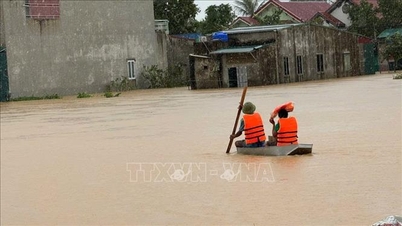



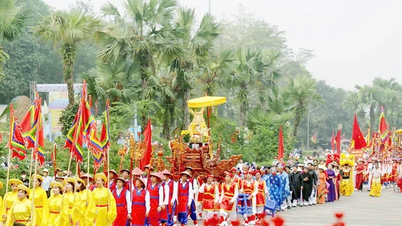



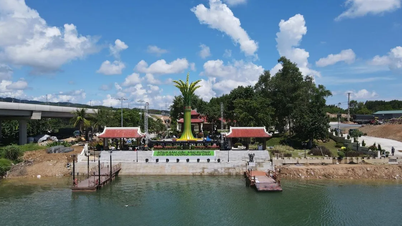


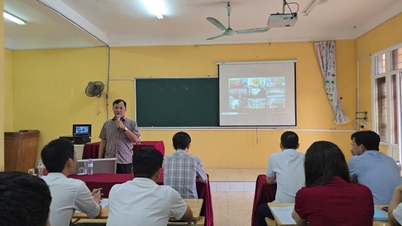

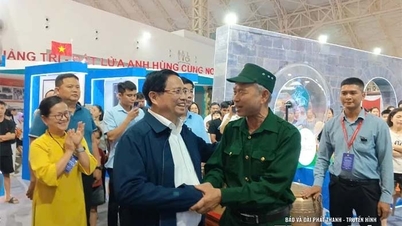



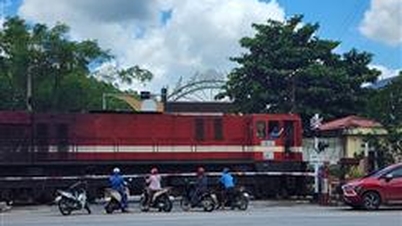









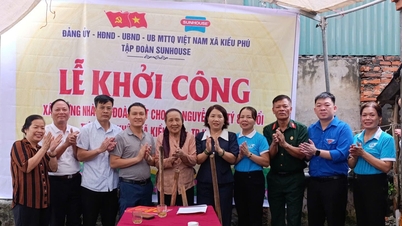
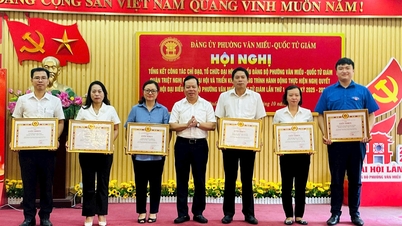
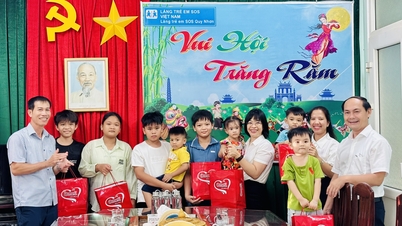

![[Photo] President of the Cuban National Assembly visits President Ho Chi Minh's Mausoleum](https://vphoto.vietnam.vn/thumb/1200x675/vietnam/resource/IMAGE/2025/10/1/39f1142310fc4dae9e3de4fcc9ac2ed0)























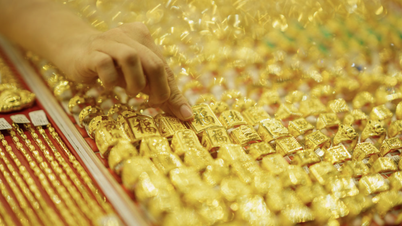
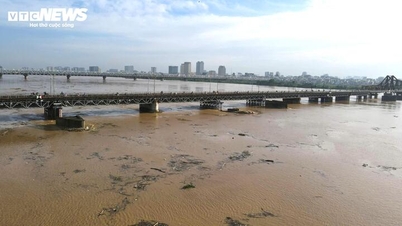






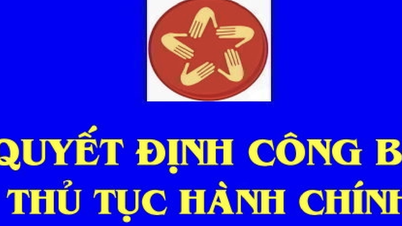









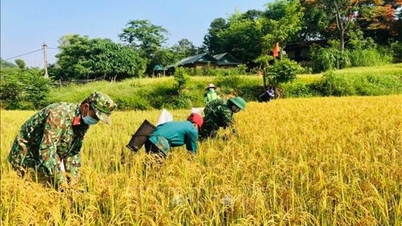



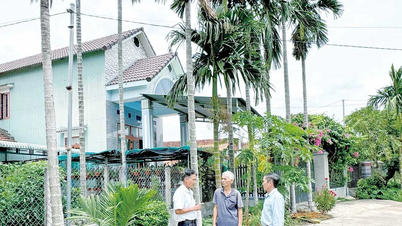


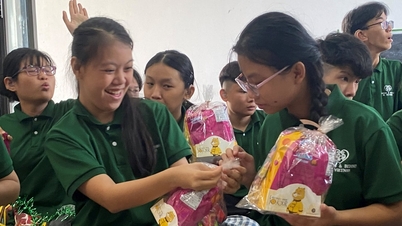















Comment (0)